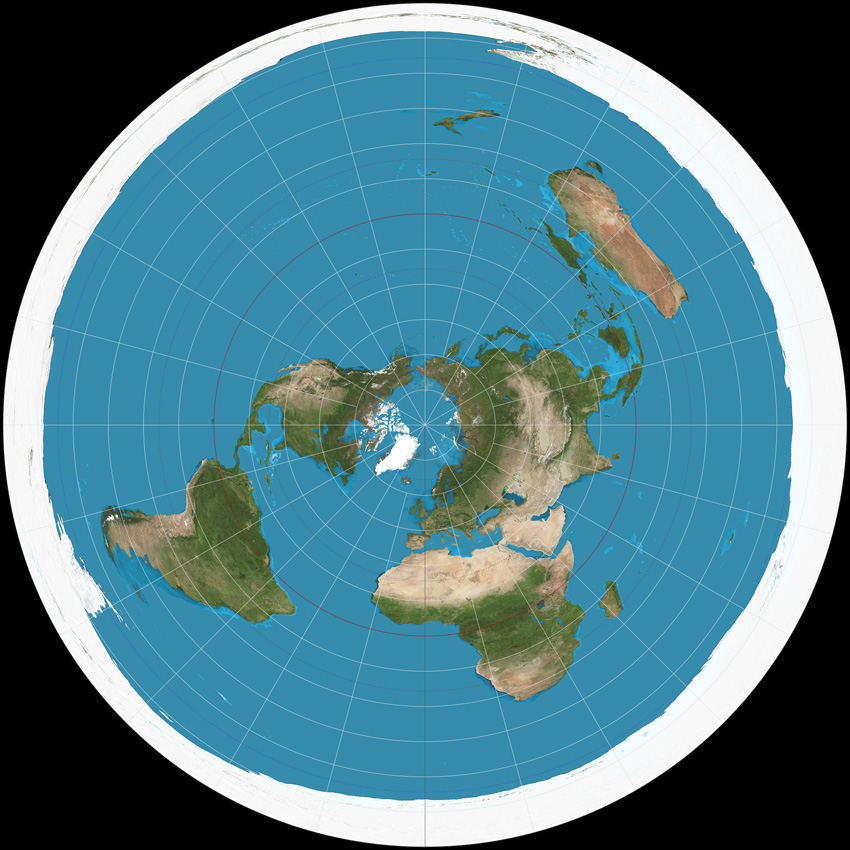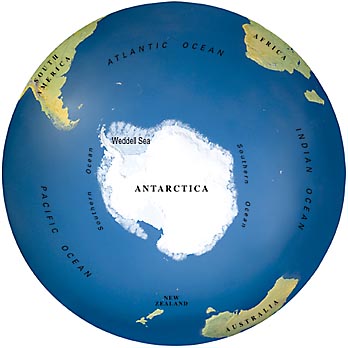Flat plane vs curvature experiment
Using this picture to determine flatness vs curvature we can further test for an answer by imagining our self traveling in our car from point A, in the picture, to point B, which is 3 miles ahead to where our vanishing point is. If we see flatness from point B to the next 3 mile vanishing point ahead of us, at point C, and if we can look behind us and see the 3 mile vanishing point we came from, at point A, we have established 6 miles with no curvature. If we go 3 more miles from B to C and can look back and see the flatness behind us as well as 3 more miles of flatness ahead of us to point D we have established 9 miles of flat earth.
View attachment 25207
View attachment 25210
From the Pythagorean curvature chart we can see that the curved earth drops 6 feet from point A to point B in 3 miles. The earth drops 24 feet from point A to point C in 6 miles. The earth drops 54 feet from point A to point D in 9 miles.
Do we traveled 9 miles from point A to point D on a flat plane or do we drop 54 feet in 9 miles on a curved earth without realizing or seeing it?
--Dave
Don't forget you have to count for atmospheric refraction.
Sent from my Pixel XL using TheologyOnline mobile app






